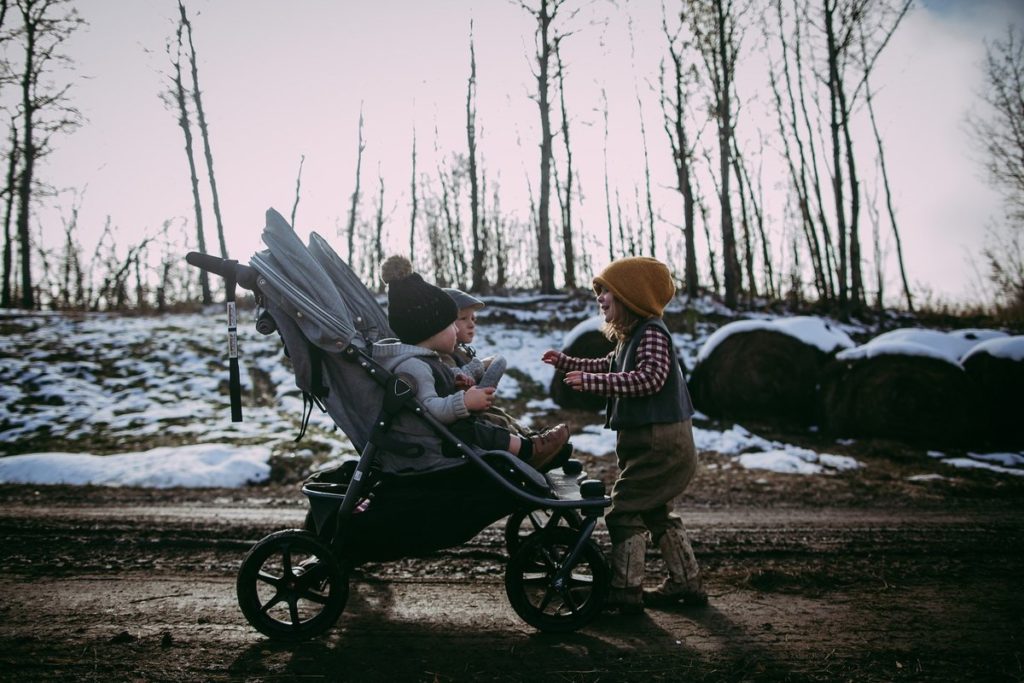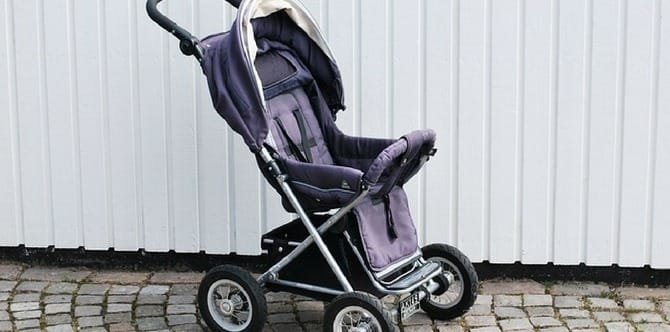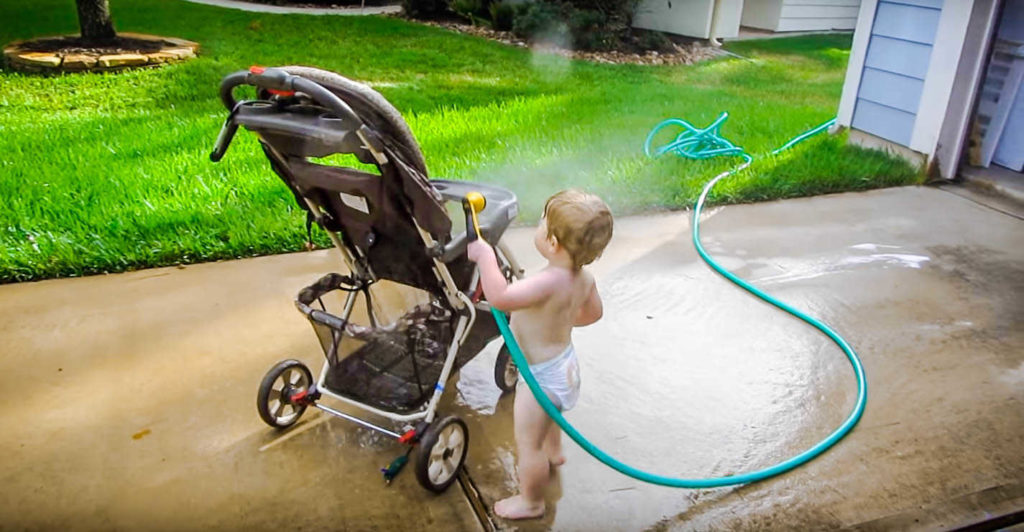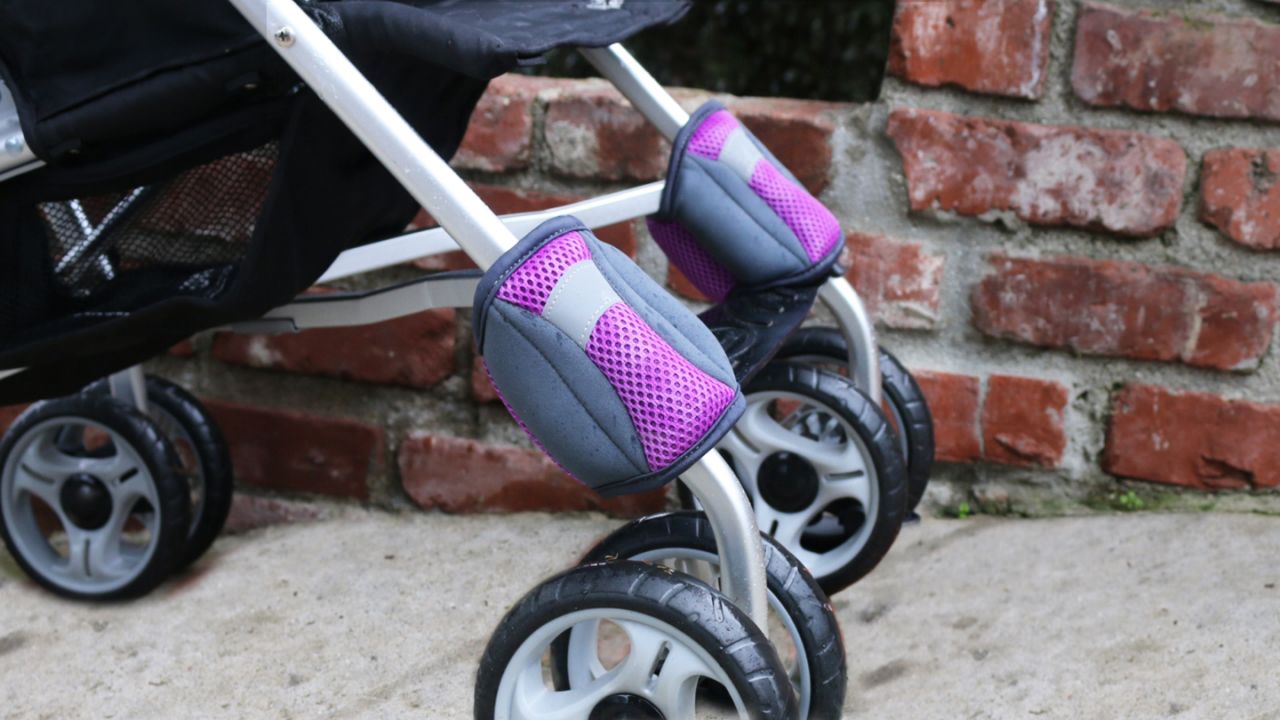
Every year when the weather cools and the school year starts, the flu begins to make its rounds. For most adults, the seasonal flu is uncomfortable but manageable. For babies and young children, however, it can be more serious and stressful for parents. Understanding how the flu spreads, how to care for your child, and when to call the doctor can make all the difference in keeping your little ones safe and comfortable.
Contents
What Causes the Flu and How It Spreads
The seasonal flu is caused by influenza viruses, mainly types A and B. These viruses infect the respiratory tract — the nose, throat, and lungs — and are easily passed from one person to another.
Flu spreads most often through tiny droplets that travel in the air when someone coughs, sneezes, or even talks. A child sitting in a classroom, playing at daycare, or sharing toys can breathe in those droplets or touch contaminated surfaces and then rub their eyes, nose, or mouth.
What makes the flu tricky is that a person can spread it before they even show symptoms — about a day before falling sick and up to a week after. Children, because of their developing immune systems, can spread the virus even longer. That’s why flu season, usually from late fall through early spring, tends to sweep quickly through schools and homes.
Why Children Are More Vulnerable
A child’s immune system is still learning how to fight viruses, which makes them more susceptible to catching the flu and developing complications like pneumonia or ear infections. Babies under six months are especially vulnerable because they’re too young to get vaccinated and rely on the protection of those around them.
If your child goes to daycare or preschool, constant close contact means germs spread quickly — especially since young kids aren’t always great at covering sneezes or washing their hands properly.
Recognizing the Symptoms
Flu symptoms in children usually start suddenly. One moment your little one is full of energy, and the next they feel weak, warm, and clingy. Common signs include fever, runny or stuffy nose, cough, sore throat, body aches, and tiredness. Some children also experience vomiting or diarrhea, though that’s more common in younger kids.
A fever is often the first noticeable symptom, and it can be quite high — sometimes reaching 102–104°F (38.9–40°C). While it’s scary to see your child’s temperature rise, fever itself isn’t dangerous; it’s the body’s natural way of fighting off the virus.
Treating the Flu at Home
Most children recover from the flu within a week or so with rest, fluids, and comfort care. There’s no need for antibiotics — since the flu is caused by a virus, they won’t help — but there are ways to help your child feel better while their immune system does its job.
Keep your child well-hydrated with water, warm soups, or electrolyte solutions. If they don’t feel like eating, that’s okay for a few days as long as they drink enough. Rest is vital — encourage naps and quiet play.
For fever or body aches, you can use acetaminophen (Tylenol®) or ibuprofen (Motrin®, Advil®) according to your pediatrician’s advice and the dosing instructions for their age and weight. Never give aspirin to children, as it can lead to a rare but serious condition called Reye’s syndrome.
A cool mist humidifier in their room can help ease congestion and coughing, while saline drops and gentle suction with a bulb syringe can clear a baby’s runny nose. Warm baths and light, breathable clothing can also help keep them comfortable if they’re feverish.
When Medicine May Be Needed
In some cases, your doctor may prescribe an antiviral medication like Oseltamivir (Tamiflu®), which can shorten the duration and severity of the illness if started within the first 48 hours of symptoms. Antivirals are especially recommended for high-risk children — those under 2 years old, or those with asthma, heart disease, or weakened immune systems.
It’s important to keep in touch with your pediatrician, especially if your child’s fever lasts more than 3 days, breathing becomes difficult, or if they appear unusually tired or confused. Babies under 3 months with any fever should always be seen by a doctor.
How to Protect Your Family
The flu virus may spread easily, but prevention goes a long way.
The flu vaccine remains the most effective protection for children older than 6 months, and it’s updated every year to match the most common circulating strains. Even if your child still catches the flu, being vaccinated often means a milder illness.
At home, frequent handwashing with soap and water for at least 20 seconds can dramatically reduce the spread. Encourage kids to cough into their elbow, avoid sharing utensils or cups, and keep them home if they’re sick to protect others. Regularly cleaning doorknobs, toys, and surfaces can also help minimize exposure.
For babies, the best protection is keeping caregivers and family members vaccinated, avoiding crowded indoor spaces during peak flu months, and maintaining good hygiene around the home.
Comfort, Patience, and Prevention
Every parent knows the worry of hearing their little one sniffle, cough, or cry through a feverish night. But with comfort, rest, and careful observation, most children recover fully from the flu within a few days.
The key is staying alert — hydrate, monitor their breathing, manage fever safely, and seek help when needed. And above all, remember that prevention — through vaccines, hygiene, and healthy habits — is your family’s strongest defense.
Seasonal flu may return each year, but with knowledge and preparation, you can keep your family safe, cozy, and healthy all season long.






